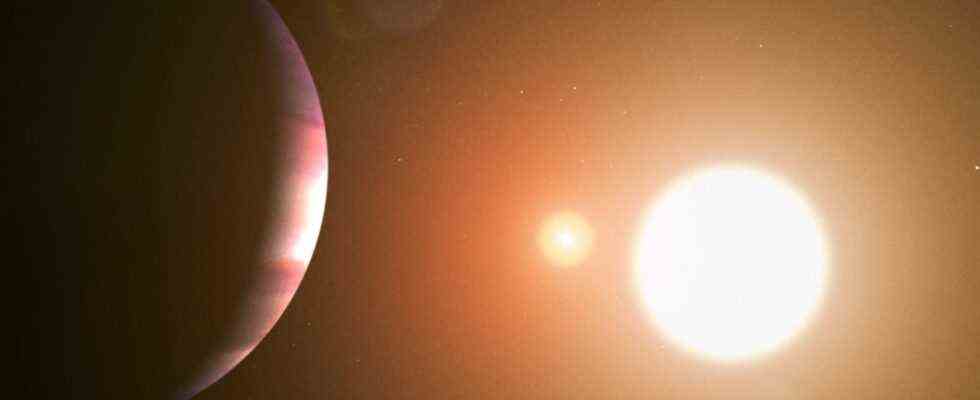The NASA space telescope TESS has now found a total of more than 5000 possible exoplanets, leaving its already extremely successful predecessor Kepler behind. A year ago the TESS catalog only contained 2400 TOI (TESS Objects of Interest), but now the extended mission of the telescope in particular has provided a large number of new candidates.
Because of the exactly 5038 potential exoplanets that TESS has found evidence of, only 175 have been confirmed so far, the research community still has a lot to do with the review. They won’t run out of objects either, the recently added more than 440 possible exoplanets are all in the southern hemisphere of the sky, but the telescope is currently exploring the northern hemisphere again, explains Katharina Hesse from MIT. It should also remain active at least until 2025.

Positions of the TESS finds
(Image: MIT)
Different procedure than with Kepler
TESS (Transiting Exoplanet Survey Satellite) was started in April 2018 and continues the work of the extremely successful exoplanet hunter Kepler on a much more extensive basis. While Kepler had examined a narrowly defined area of the sky in detail during his main mission, TESS analyzes almost the entire sky – but each part of the sky shorter. TESS targets a region of the sky measuring 24 ° by 96 ° for at least 27 days and checks the stars in it for periodic darkening.
TESS mainly – but not only – finds exoplanets that orbit their stars much closer and have only short orbital times. In the primary mission from 2018 to mid-2020, over 2200 candidates were found, and the extended mission is currently underway. The last candidates added to the database were discovered between July 2020 and June 2021, write those responsible.
If you have problems playing the video, please activate JavaScript
(Source: NASA’s Goddard Space Flight Center)
Both exoplanet hunters are NASA projects, current ones According to figures from the US Space Agency Kepler has already discovered a total of 4780 possible exoplanets in the course of his search. 2703 of them have already been confirmed as such. TESS now has 5038 candidates, but only 175 confirmed exoplanets. So far, Kepler has by far the largest part of all currently 4884 confirmed exoplanets. Should the verification of the potential exoplanets also pick up now – for example thanks to the support of machine learning – this is likely to change in the foreseeable future. It will still take a while for TESS to overtake Kepler in terms of the number of confirmed exoplanets. Always up-to-date figures on the discoveries of TESS is available from the Massachusetts Institute of Technology.

(mho)

